In spite of windy, icy conditions, the Arctic abounds with animal-life. From larger mammals to small birds, fish, plants and plankton, all have uniquely adapted to survive in such a harsh and unpredictable environment. Polar bears have black skin under their white fur to soak up as much sunlight as possible; seals have thick layers of blubber for insulation; caribou have hollow hair that traps air, provides insulation and keeps them buoyant, while some fish even have antifreeze compounds in their blood! Here we introduce you to the wonderful wildlife that roam the arctic ice.
Meet the Polar Bear
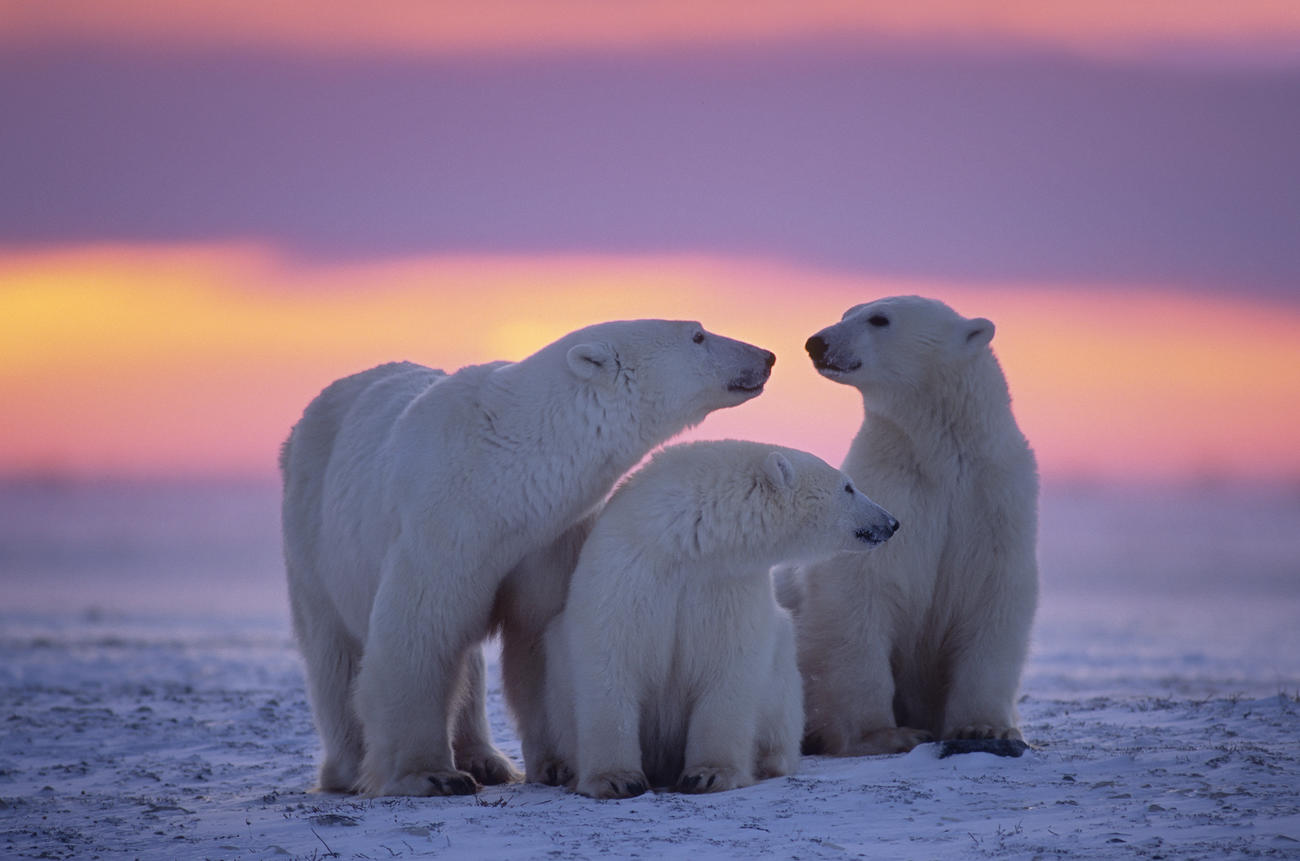
Polar bears are talented swimmers, able to sustain six miles per hour by paddling with their front paws whilst holding their hind legs flat like a rudder. Though they spend over half their time hunting, poor polars succeed in less than 2% of their hunts. Their diet is primarily seals, due to their need for a high fat intake. With the ongoing and prospective further melting of the Arctic ice, polar bears’ existence is very much under threat.
Meet Wolverine
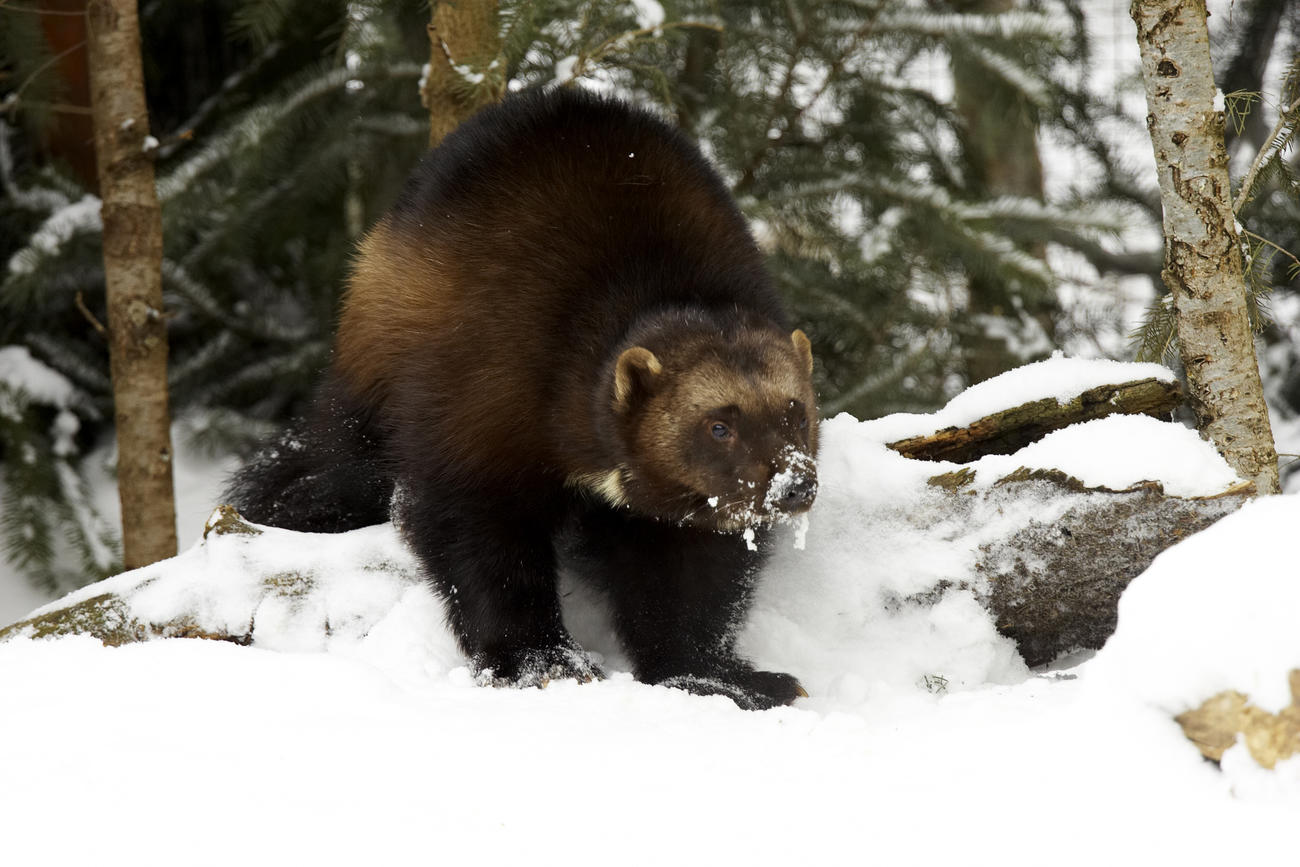
Latin for “glutton” – this small and stocky, bear-resembling weasel has a fierce reputation as a predator that will fight even wolves and bears tooth and claw for food! Also supreme scavengers, they store and preserve any large, dead animal carcasses they stumble across in the snow, later crushing the frozen carcasses with their powerful bite.
Meet Reindeer / Caribou
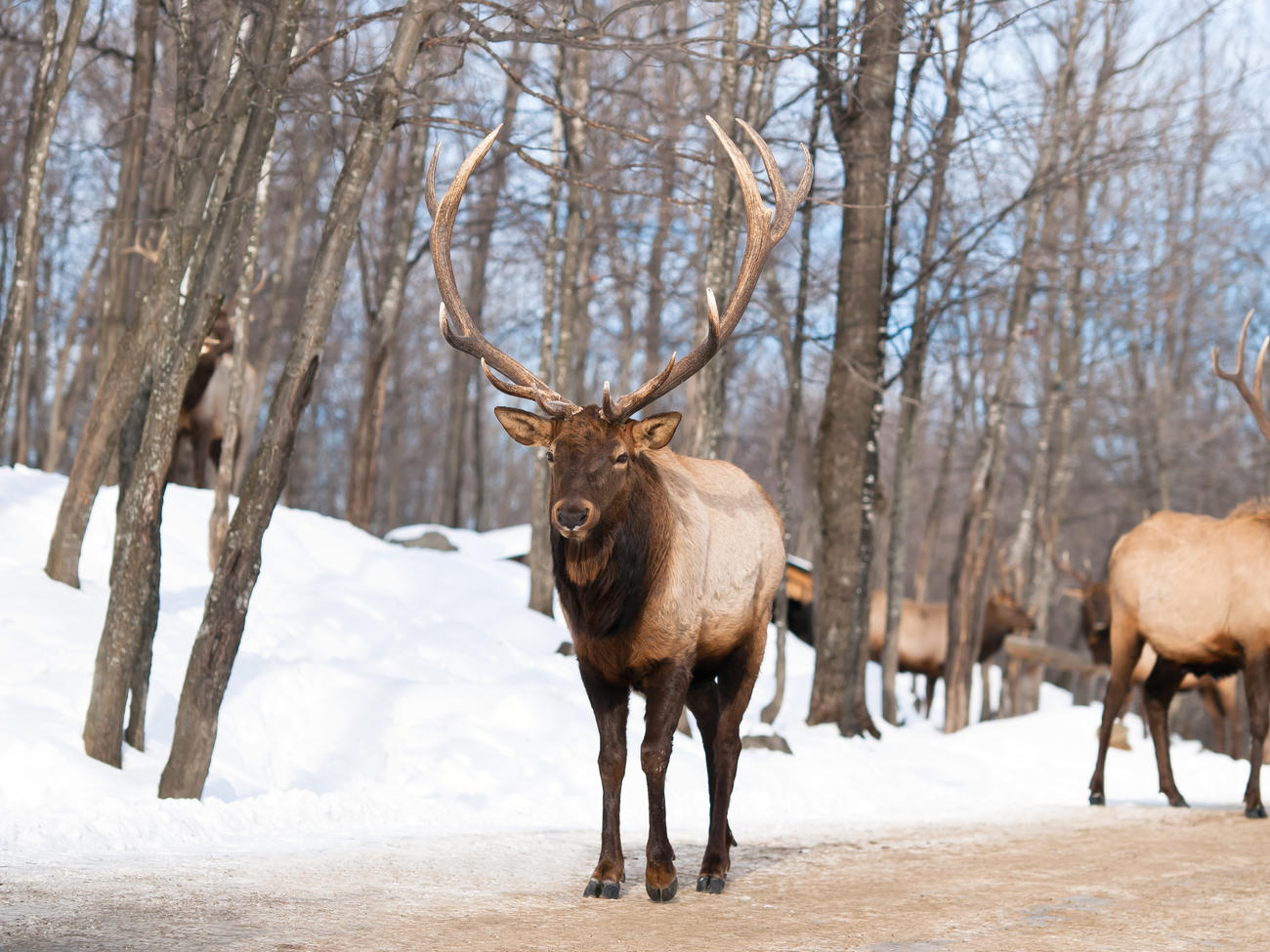
These deer outperform all other land animals in their energy efficiency, perhaps explaining their role as Santa’s annual aides... With warm, insulating coats, large hooves and being strong swimmers, the sturdy reindeer migrate annually to the Arctic and are the only type of deer where both males and females sport antlers, with the males’ antlers often growing to epic proportions.
Meet the Arctic Fox
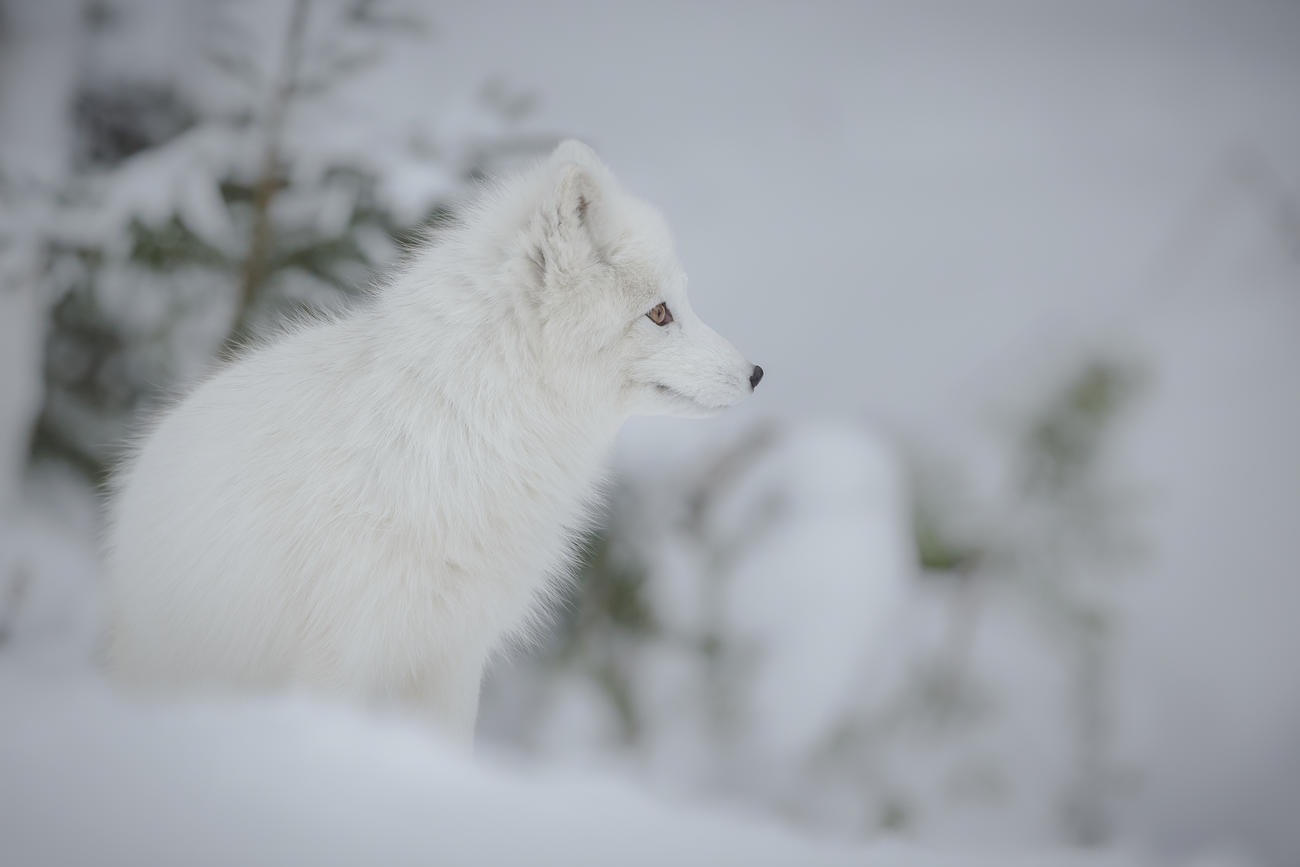
If ever an animal was tailor-made for the harsh Arctic environment, the Arctic fox is it. Its white fur offers great camouflage and turns brown in the summer, furry soles, short ears and a thick tail for balance as well as acting as a duvet, wrapping it around themselves to keep warm while they sleep. During blizzards they are able to tunnel into the snow to create shelter and each spring, vixens will birth large litters of up to fourteen pups.
Meet the Arctic Wooly Bear Moth
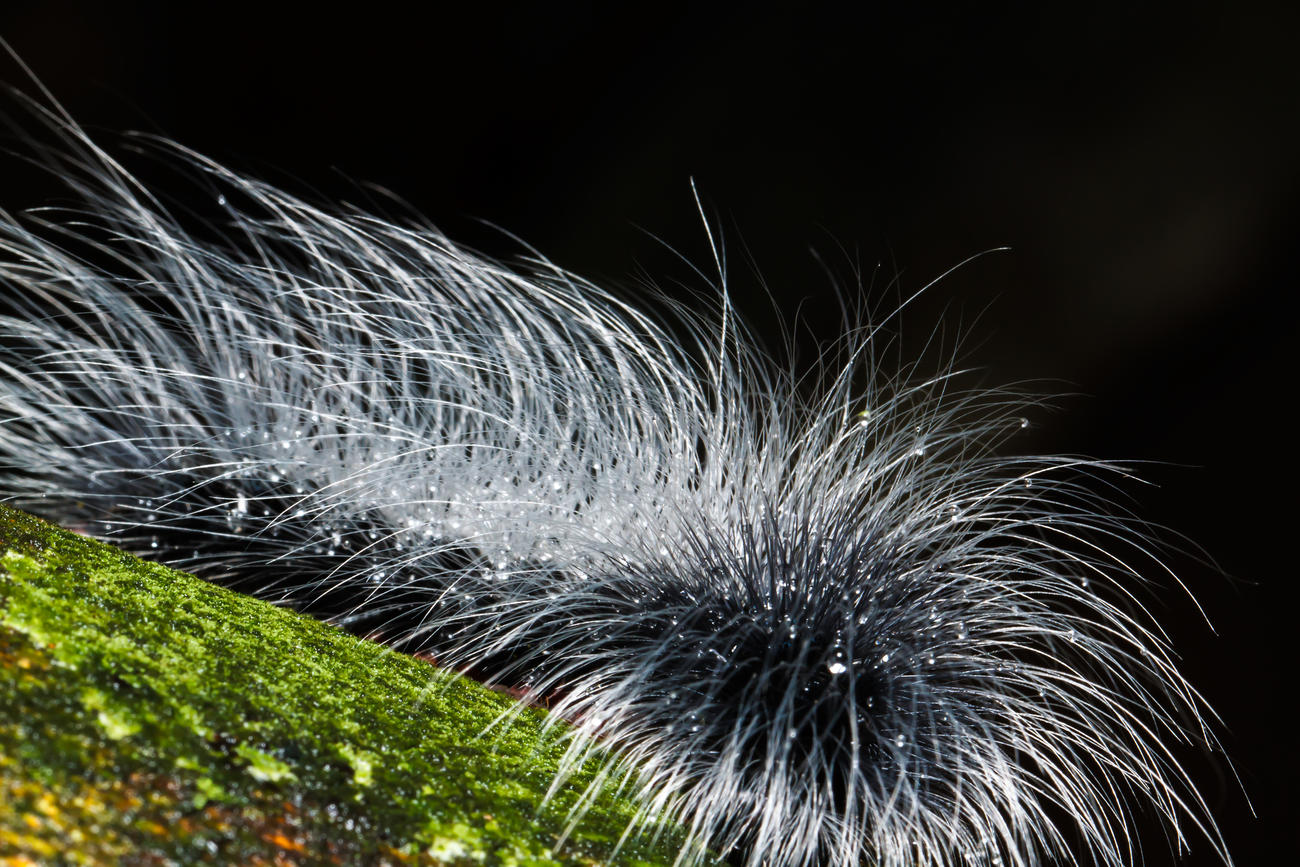
This kooky little character is in fact a type of caterpillar, with a frustrating pace of life. Not only does it take seven years to build up the resources to become an adult moth, for most of the year it is too cold to be active and has to sit and wait for temperatures of 15 to 30 degrees to move! They will typically freeze and thaw seven times over their lifetime.
Meet Lemmings
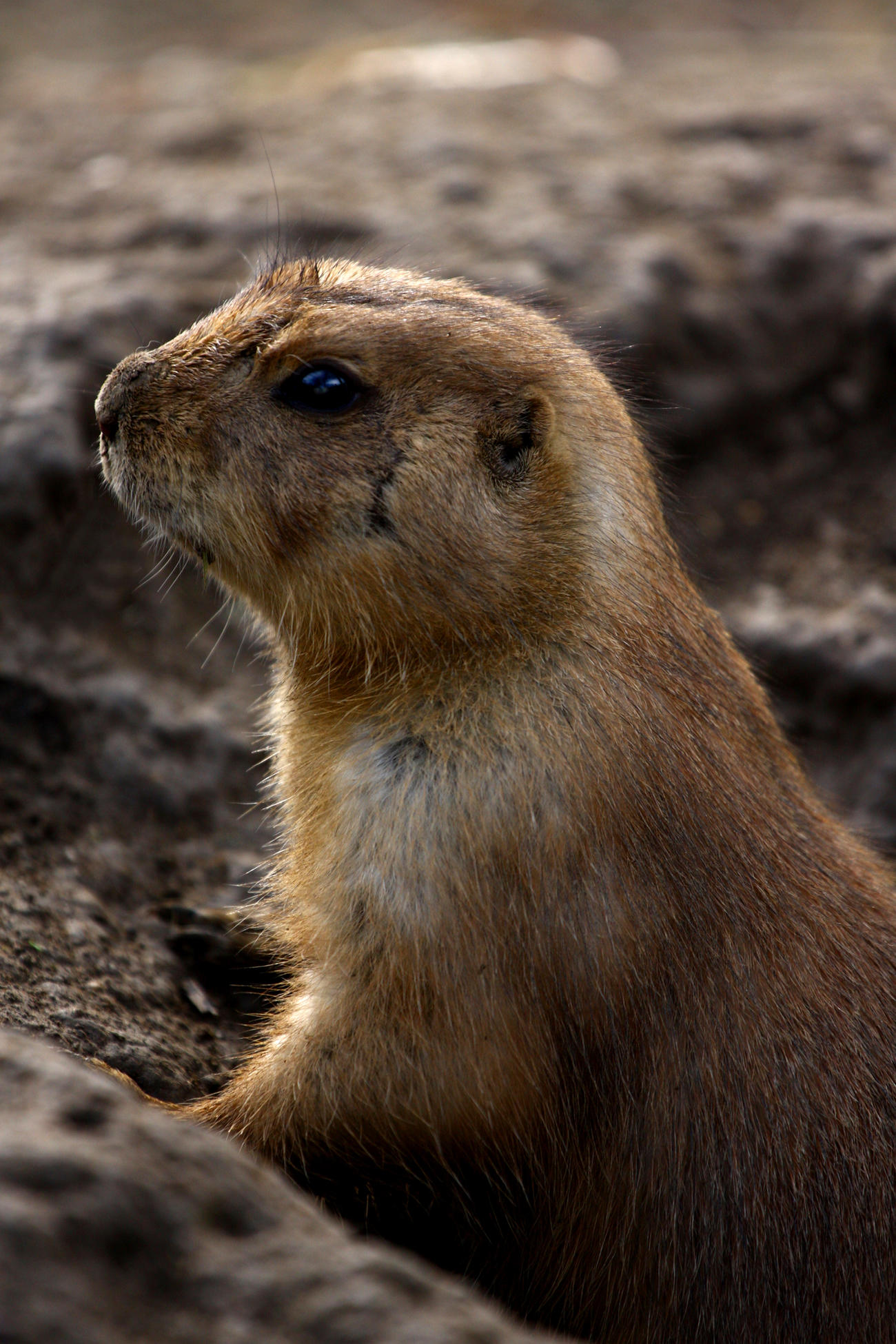
These rodents, famed for mass suicide - all a big misunderstanding it transpires - burrow shallowly in the snow and change colour with the seasons, brown in summer but white in winter to avoid its predators such as the snowy owl and arctic fox. Not afraid of giving it as good as they get, lemmings are known for their aggression towards predators.
Meet the Musk-Ox
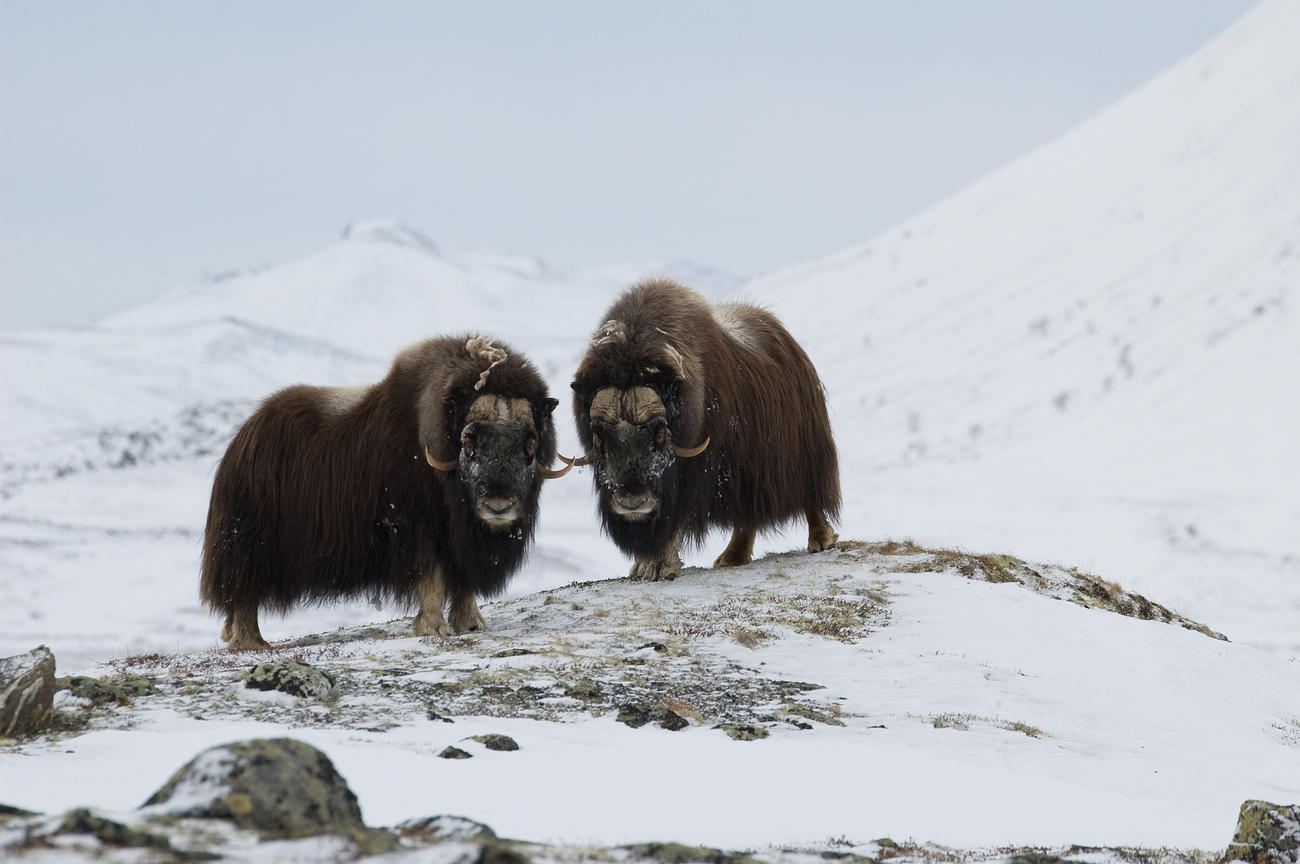
Named after the musky smell of their urine, these guys were almost hunted to extinction by Neolithic hunters. Musk-oxen roam in herds of ten to twenty and rock long, brown fur coats hanging almost to their heels. Though they tend to eat plants, they have been known to use their horns to dramatically scoop up wolves, hurl them in the air and then stomp them under hoof!
Whales
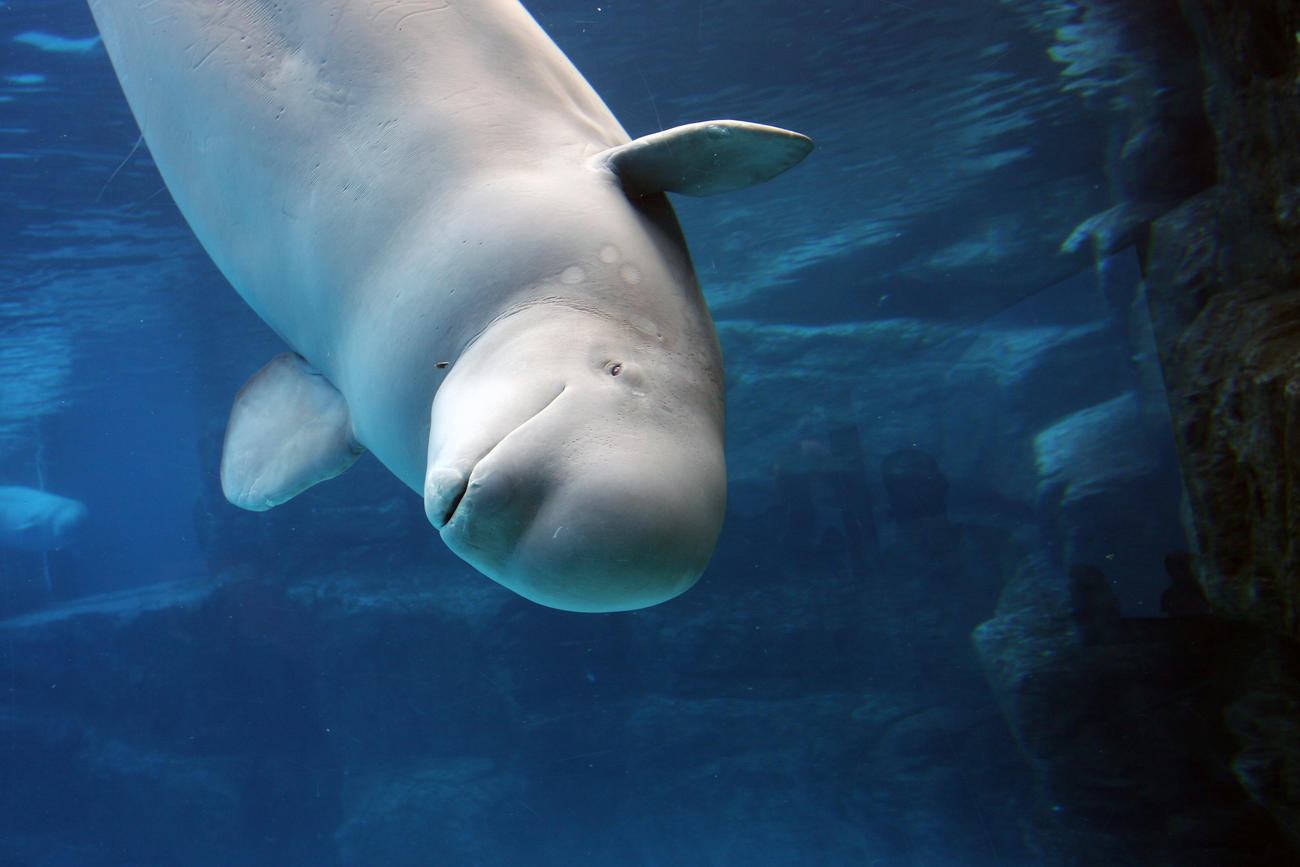
There are a whopping 17 species of whale in the Arctic - dolphins and porpoises included. Some like the narwhal and beluga stay put all year round while others, like the humpback and gray, migrate to warmer Arctic seas to give birth in the summer.
The narwhal is famous for sporting a long, spiralling ivory tusk, the unicorn of the sea, whilst the once-related sociable beluga is strikingly pale in colour.
Even meet a Brown Bear!
Though not perhaps the initial setting one would expect to find a brown bear, the numbers in the Arctic areas are increasing due to the warming of the region and the animal roaming north.
All this doesn’t even cover the dall sheep, ermine, arctic wolf and hare, seals, walrus, otters and a range of birdlife including puffins, ravens, the snow goose and the snowy owl that you might be lucky to catch in this icy, northern terrain.
Our brand spanking new Arctic tours have just gone live: with five destinations of a lifetime to choose between.
